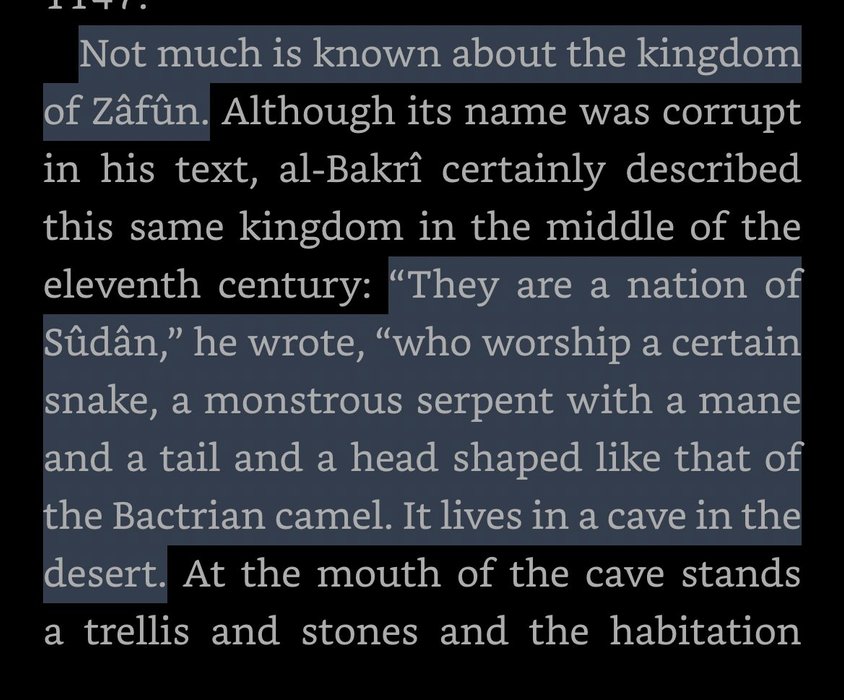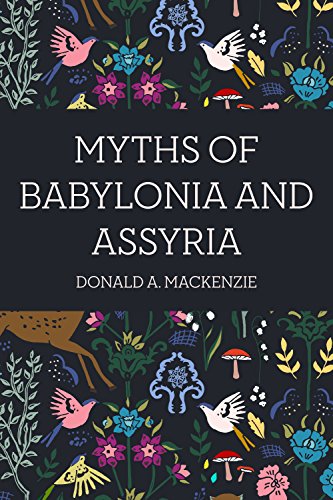Sublime
An inspiration engine for ideas
goddess Sadhbh, who appeared in three guises: as maid, nymph and hag.
Alice Roberts • The Celts: Search for a Civilization


These unions produced demi gods and goddesses, who, along with many nature spirits, contribute to the high degree of complexity in the Greek pantheon. The nature spirits, collectively known as nymphs, have parallels in the belief systems of some Wiccans and other Witches today.
Lisa Chamberlain • Wicca Magical Deities: A Guide to the Wiccan God and Goddess, and Choosing a Deity to Work Magic With (Wicca for Beginners Series)
Of all the foreign groups active in this arena at this time, only one has been firmly identified. The Peleset of the Sea Peoples are generally accepted as none other than the Philistines, who are identified in the Bible (Amos 9:7; Jer. 47:4) as coming from Crete.
Eric H. Cline • 1177 B.C.
Mythology

The Tassili-n-Ajjer of 12,000 B.C. may well have been the partnership paradise whose loss has created one of the most persistent and poignant of our mythological motifs—the nostalgia for paradise, the idea of a lost golden age of plenty, partnership, and social balance.
Terence McKenna • Food of the Gods
and the Anakim, all descendants of the Nephilim.
Mauro Biglino • Gods of the Bible
The ancient Greek cosmos encompassed both the dayworld and the underworld, the telluric (“upper earth”) and chthonic (“under earth”). In accord with this vision, the divine pantheon was separated into gods that belonged to the deep earth, cthonioi, such as Persephone, Hades, and Hecate, and Olympians such as Athena, Apollo, and Hera, who were of
... See more